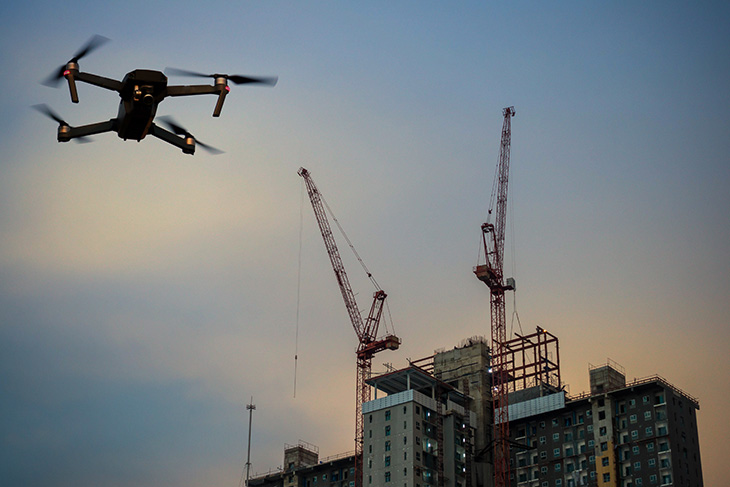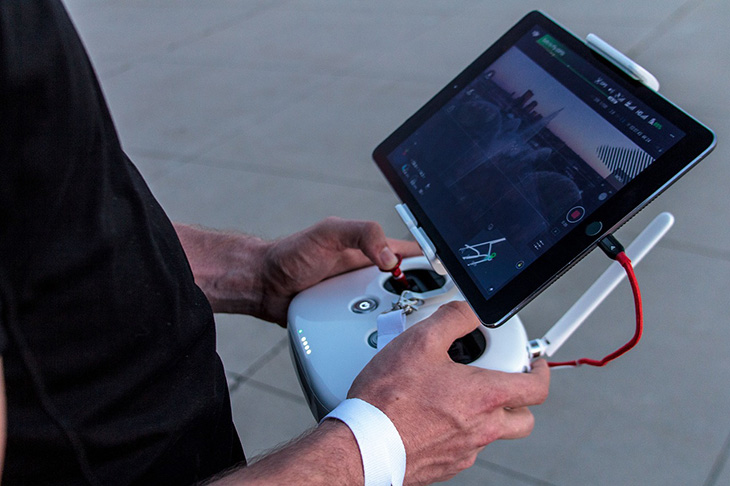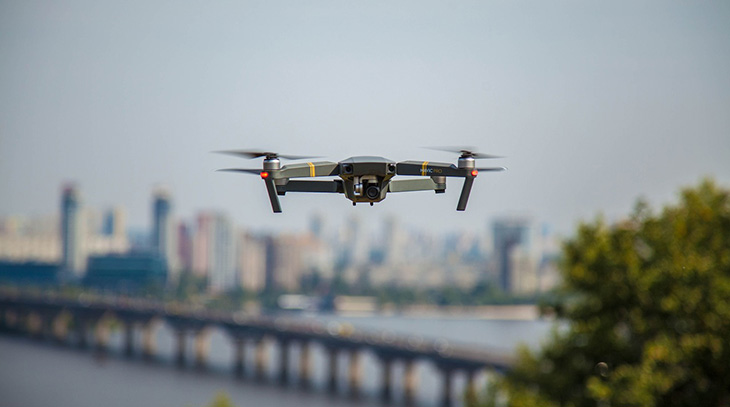
Drones, also known as unmanned aerial vehicles, are impacting how new buildings are being constructed. They’re changing how the construction industry collects data and generates imagery to assist each project.
Video capture, in particular, has led to significant advantages in various stages of production to provide project managers, engineers, and laborers with valuable information when needed. This is among many other uses that make drones a handy asset at all construction sites.
Here’s how drone videography benefits the construction industry investigated by ARCHISCENE editorial team:
Maps The Terrain
One of the most beneficial factors of using drone videography in construction is mapping the terrain and creating topographic surveys quicker and more accurately. This step is essential in examining the land and its capability for infrastructure building during the planning of large construction projects. However, using traditional topographic mapping methods such as total stations is expensive to perform and can take a long time to complete depending on the size of the area and how complex the terrain is.
Fortunately, this is where drone videography captured by aerial filming companies such as Horizon Imaging can come in handy to map out massive areas of terrain more quickly. The drones can gather and process geographical data and generate the final results in roughly half an hour. It saves construction companies effort and money. It also allows the company to examine whether the terrain is suitable enough for their project and move on to design and visualization much sooner.

Inspects And Monitors Progress Remotely
Another benefit of drone videography is it monitors progress and inspects building sites safer and faster than manual examinations. Drones can capture high-resolution images and video while zooming into specific locations to detect whether there are any construction issues present or that could come up in the future.
Whether you’re checking for pillar stability, leakages in pipes, electricity faults, soil changes, cracks, or breaks in building material, a drone can help you. The data gathered from inspections can be used to create progress reports so that managers can ensure the construction stays on schedule. They may also use this data to give visual proof of progress to satisfy investors or clients of the project. Additionally, these can be used to create marketing materials at the end of building projects to promote the work of the construction company on social media and their website.
Keeps Track Of Equipment
Keeping track of where equipment is located can be challenging for large construction projects such as building city infrastructure or commercial buildings. Even with an equipment schedule, project management may still run into issues if tools get lost or break down.

With drone videography, however, managers can check in real-time whether the equipment is where it needs to be by flying one over each job site. Furthermore, it can ensure the same equipment is returned to its designated place or rental company at the end of work, which is essential for hired machinery. The image and video capture can also help relay information to repair technicians faster in cases of equipment malfunctions and assist them to navigate job sites where repairs are needed.
Secures Construction Sites
One of the primary challenges of the construction industry is maintaining security at job sites. It’s fairly common for trespassers to come onto the building property at night to steal equipment or use the area for recreation and cause damage. These intruders can cost companies more money to replace stolen items and cause delays in the project timeline to fix anything broken.
Luckily, drones have surveillance capability to assist in monitoring construction sites and capturing real-time videography to keep the area safe. Additionally, drones with infrared cameras can detect heat signatures, identifying unauthorized personnel entering the premises. This footage can be used to alert guards, take action, or trigger sound alarms to secure the area again.
Worker Safety
Construction sites can be hazardous environments for personnel to work in due to the heavy machinery, potential falling objects, harmful substances, and unsteady structural materials around them. These factors increase the risk of serious injuries or medical conditions.
Moreover, many laborers work at great heights and thus risk injuries from falling, especially when climbing up to perform strenuous tasks. In this case, drones can help prevent injuries and accidents by inspecting ladders, platforms, and harnesses to ensure they’re steady to hold workers. The videos produced can also be examined by managers to ensure safety precautions are met and that equipment doesn’t endanger workers if they malfunction. Drones can also be sent into possible hazardous areas to monitor if workers follow safety protocols.
Conclusion:
Drone videography benefits the construction industry by shortening the time it takes to complete building projects while helping reduce costs. They do this with fast and accurate terrain mapping, site surveillance, and equipment monitoring.
They can help make construction sites safer for laborers to work in by providing footage of inspected sites to ensure that it complies with safety precautions. Construction companies can also use the drone’s footage to showcase their completed designs for marketing.



